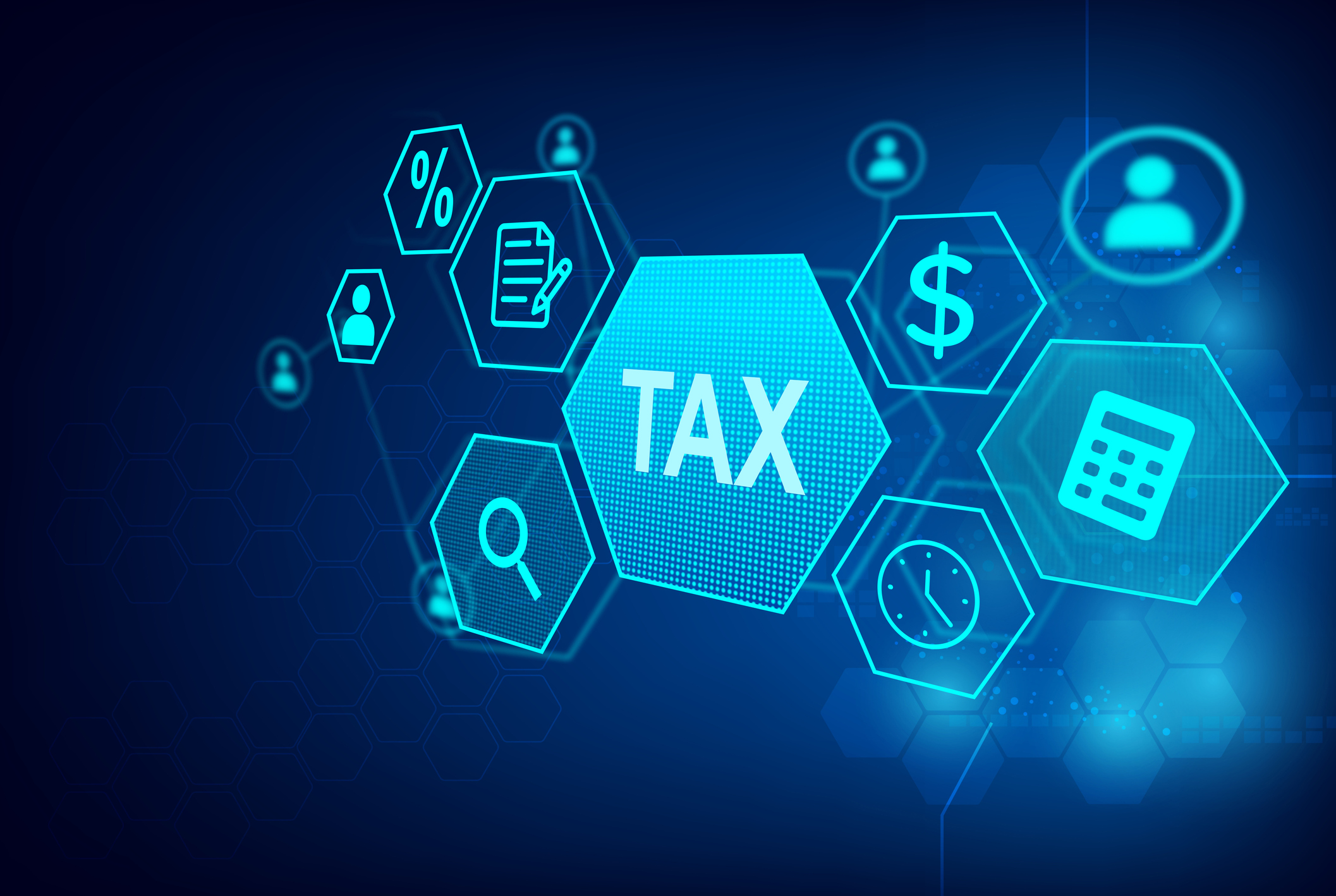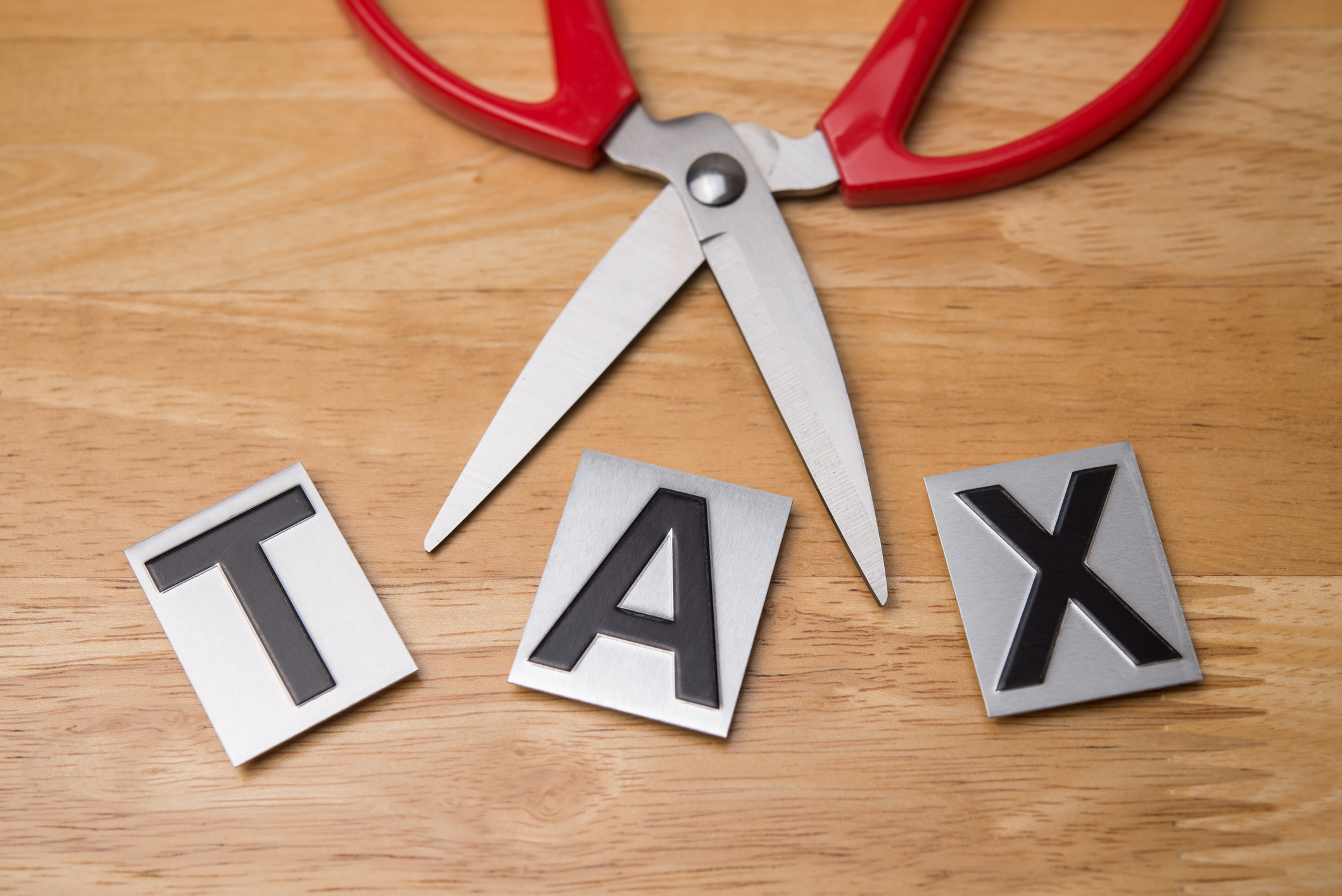U.S. Treasury's AI is Catching Tax Cheats and Saving Billions
Artificial intelligence is helping the Treasury Department reclaim billions in tax funds. Find out what this could mean for you.


The U.S. Treasury Department is harnessing AI to combat taxpayer fraud, successfully recovering $4 billion in fraudulent and improper payments. This success is primarily due to advanced machine learning (ML) techniques that analyze data to identify tax non-compliance.
In a recent release, the Treasury emphasized its commitment and noted plans to equip other federal agencies with AI tools, data, and expertise to combat improper payments and fraud.
“Treasury takes seriously our responsibility to serve as effective stewards of taxpayer money. Helping ensure that agencies pay the right person, in the right amount, at the right time is central to our efforts,” Deputy Secretary of the Treasury Wally Adeyemo said.
From just $107.88 $24.99 for Kiplinger Personal Finance
Become a smarter, better informed investor. Subscribe from just $107.88 $24.99, plus get up to 4 Special Issues

Sign up for Kiplinger’s Free Newsletters
Profit and prosper with the best of expert advice on investing, taxes, retirement, personal finance and more - straight to your e-mail.
Profit and prosper with the best of expert advice - straight to your e-mail.
As reported by Kiplinger, the IRS has also used AI during tax season for high-earner audits and automated chatbot services.
While these advancements could improve efficiency and recover more tax dollars, they may also lead to increased audit risk for some taxpayers. Here's more of what you need to know.
Treasury prevents and detects fraud through AI
One way Treasury has cracked down on financial crime is through machine learning (ML). ML uses algorithms and statistical models to find patterns in datasets.
In the last year alone, the Department says ML has prevented $1 billion in check fraud.
This is big news since online payment fraud may break $362 billion by 2028. Treasury reports it “disburses approximately 1.4 billion payments valued at over $6.9 trillion to more than 100 million people annually.”
Presumably, all applicants for those payments meet proper requirements. But with fraud losses on the rise, AI could help save billions in future improper payments.
Other applications of computerized intelligence have helped mitigate Treasury fraud in the following ways:
- $2.5 billion was saved through the identification of high-risk transactions
- $500 million saved via expansion of “risk-based screening”
- $180 million saved by the implementation of more efficient payment processing
IRS and SSA benefits: How the government uses AI
The tax gap represents the difference between tax paid and tax owed. Closing that gap means shifting the tax burden back to those who don’t pay their taxes.
To help mitigate this difference, the IRS is now using AI to audit individuals and supply taxpayer services.
Additional efforts to help close the tax gap include:
- Providing automated customer service (chatbots) to taxpayers to answer more questions more timely
- Hauling back $1.3 billion from high-income earners through audits
- Recovering $13.2 billion in unreported gambling winnings
The estimated tax liability increased slightly compared to a few years ago. But that increase was likely due to economic growth rather than a reduction in compliance. A recent IRS estimate of the tax gap is $696 billion and, according to the tax agency, is expected to drop by $90 billion through enforcement efforts.
Plus, the federal government is exploring other uses for computerized intelligence.
For example, AI is helping the Social Security Administration (SSA) make faster determinations for disability benefits by identifying qualifying medical evidence.
While the SSA hasn’t yet provided estimates for taxpayer dollars saved, the agency has stated it will uphold legal, privacy, and ethical considerations as part of its AI compliance plan going forward.
Related Content
- Red Flags for an IRS Audit
- ERC Lawsuits Pile Up Against the IRS
- Is the IRS on TikTok? Tax Scams You Should Know
Profit and prosper with the best of Kiplinger's advice on investing, taxes, retirement, personal finance and much more. Delivered daily. Enter your email in the box and click Sign Me Up.

Kate is a CPA with experience in audit and technology. As a Tax Writer at Kiplinger, Kate believes that tax and finance news should meet people where they are today, across cultural, educational, and disciplinary backgrounds.
-
 Holiday Tax Scams: 'Tis the Season to be Wary
Holiday Tax Scams: 'Tis the Season to be WaryTax Scams Navigating tax tricks of the holiday season may be daunting, but don't let that destroy your festive spirit
-
 Metro by T-Mobile Is Giving Away This Samsung Galaxy A16: Which Plans Are Eligible?
Metro by T-Mobile Is Giving Away This Samsung Galaxy A16: Which Plans Are Eligible?Metro by T-Mobile is offering free Samsung Galaxy A16 phones on eligible plans right now. Here’s how the deal works.
-
 I Drive and Collect Classic Cars: Here’s How I Got Started
I Drive and Collect Classic Cars: Here’s How I Got StartedAre classic cars a hobby or an investment strategy — or both? Either way, the vintage car scene is much cooler and more affordable than you think.
-
 Retirees in These 7 States Could Pay Less Property Taxes Next Year
Retirees in These 7 States Could Pay Less Property Taxes Next YearState Taxes Retirement property tax bills could be up to 65% cheaper for some older adults in 2026. Do you qualify?
-
 Estate Tax Quiz: Can You Pass the Test on the 40% Federal Rate?
Estate Tax Quiz: Can You Pass the Test on the 40% Federal Rate?Quiz How well do you know the new 2026 IRS rules for wealth transfer and the specific tax brackets that affect your heirs? Let's find out!
-
 'The 'Mamdani Effect' in New York: Can the City Afford a Millionaire Tax?
'The 'Mamdani Effect' in New York: Can the City Afford a Millionaire Tax?State Tax Will higher income taxes drive the wealthy to flee New York in 2026?
-
 Law Reversal Looming? Trump Eyes 2026 Gambling Winnings Tax Change
Law Reversal Looming? Trump Eyes 2026 Gambling Winnings Tax ChangeTax Deductions It's no secret that the IRS is coming after your gambling winnings in 2026. But how long will that last?
-
 Trump's Plan to Eliminate Income Tax: 7 Things to Know Now
Trump's Plan to Eliminate Income Tax: 7 Things to Know NowTax Policy The potential consequences of eliminating taxes in favor of Trump tariffs could impact everything from inflation to Social Security and might give some U.S. taxpayers pause.
-
 5 Types of Gifts the IRS Won’t Tax: Even If They’re Big
5 Types of Gifts the IRS Won’t Tax: Even If They’re BigGift Tax Several categories of gifts don’t count toward annual gift tax limits. Here's what you need to know.
-
 The 'Scrooge' Strategy: How to Turn Your Old Junk Into a Tax Deduction
The 'Scrooge' Strategy: How to Turn Your Old Junk Into a Tax DeductionTax Deductions We break down the IRS rules for non-cash charitable contributions. Plus, here's a handy checklist before you donate to charity this year.
-
 IRS Says You Made a Tax Return Mistake? A New Law Could Help You Fight Back
IRS Says You Made a Tax Return Mistake? A New Law Could Help You Fight BackTax Law Updated taxpayer protections change what the IRS must explain on error notices and how long you have to respond.